Site Evaluation: The Transport Siting Factor
by Danny Young, Senior Lead Structures & Civil Infrastructures Engineer, at Nuclear Waste Services (NWS)
Site Evaluation
Site Evaluation is a crucial step in the journey toward identifying a suitable location for a Geological Disposal Facility (GDF). It informs the Site Suitability Perspective – one of three key pillars in the Decision Making Framework that guides NWS in deciding which communities may progress to deep borehole investigations.
Through detailed studies based on the Six Siting Factors and 26 Evaluation Considerations, NWS assesses and evaluates whether a GDF can be designed, constructed, operated, and closed safely. You can read more about the Siting Factors in Site Evaluation How we will evaluate sites in England.
One of the Six Siting Factors is Transport.
Building and operating a Geological Disposal Facility (GDF) is a large and long-term programme, and transport will play a crucial role throughout its lifecycle – from early investigations and construction, through to day-to-day operations and eventual closure.
Nuclear Waste Services (NWS) must carefully assess how transport might affect local communities and the environment. It is a central part of the GDF programme, and studies are already underway to understand the potential impacts on local and regional transport networks at every stage of development.
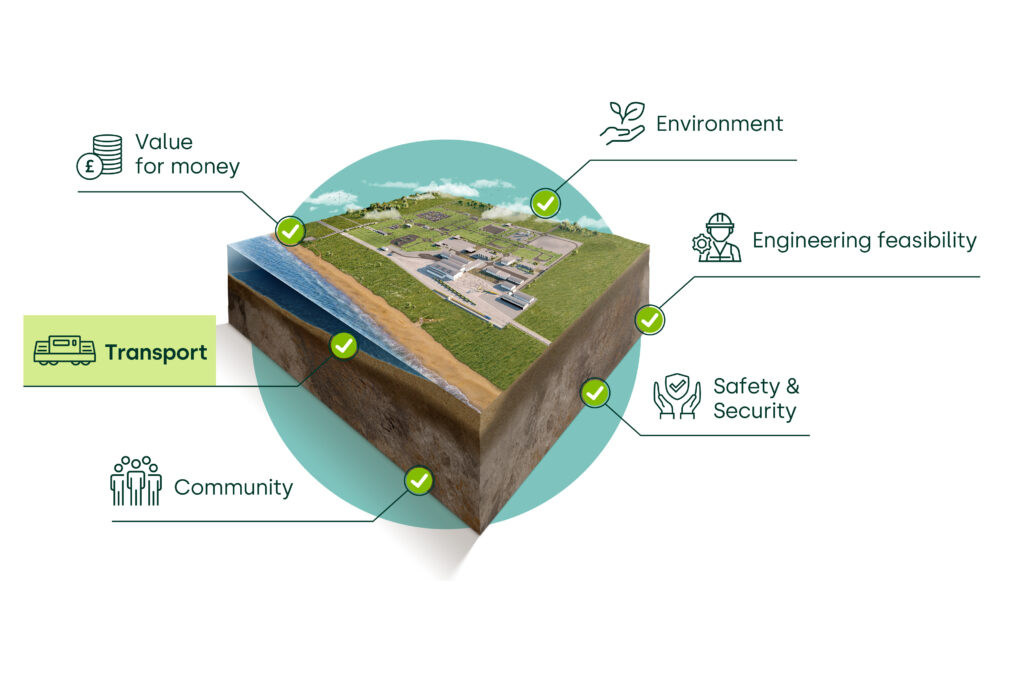
There are three key transport Evaluation Considerations as part of the Transport Siting Factor, these are Transport Safety, Transport Security and Transport Implications. This means looking at how radioactive waste can be transported safely and securely, and what this will mean for local and strategic transport routes over time.
The UK’s most hazardous radioactive waste is currently stored at specially designed facilities above ground at over 20 locations across the UK – most of it is at Sellafield in Cumbria. Moving this waste to a GDF in the future will be a significant task, but it is not just about the waste – as we will also need to consider how to transport construction materials, excavated materials, equipment and the workforce involved in delivery of the facility.
Supporting this effort, Nuclear Transport Solutions (NTS) is the UK’s specialist transport organisation. A world leader in the safe and secure movement of radioactive materials, NTS has operated since the 1960s with a 100% safety record, built on rigorous standards and proven expertise.
Many variables will influence transport movements from a GDF, including:
- Site specific transport and logistics
- Whether road, rail, or sea transport is used , or a combination
- Engineering design options and the Inventory for Geological Disposal
- The layout and length of the accessways (the connection between the Surface and Sub-surface Areas of Focus)
- How excavated material is managed or reused
How is transport safety ensured?
The movement of radioactive waste in the UK is highly regulated and must follow international safety standards set by the International Atomic Energy Agency (IAEA).
These rules are written into UK law and are overseen by the Office for Nuclear Regulation (ONR).
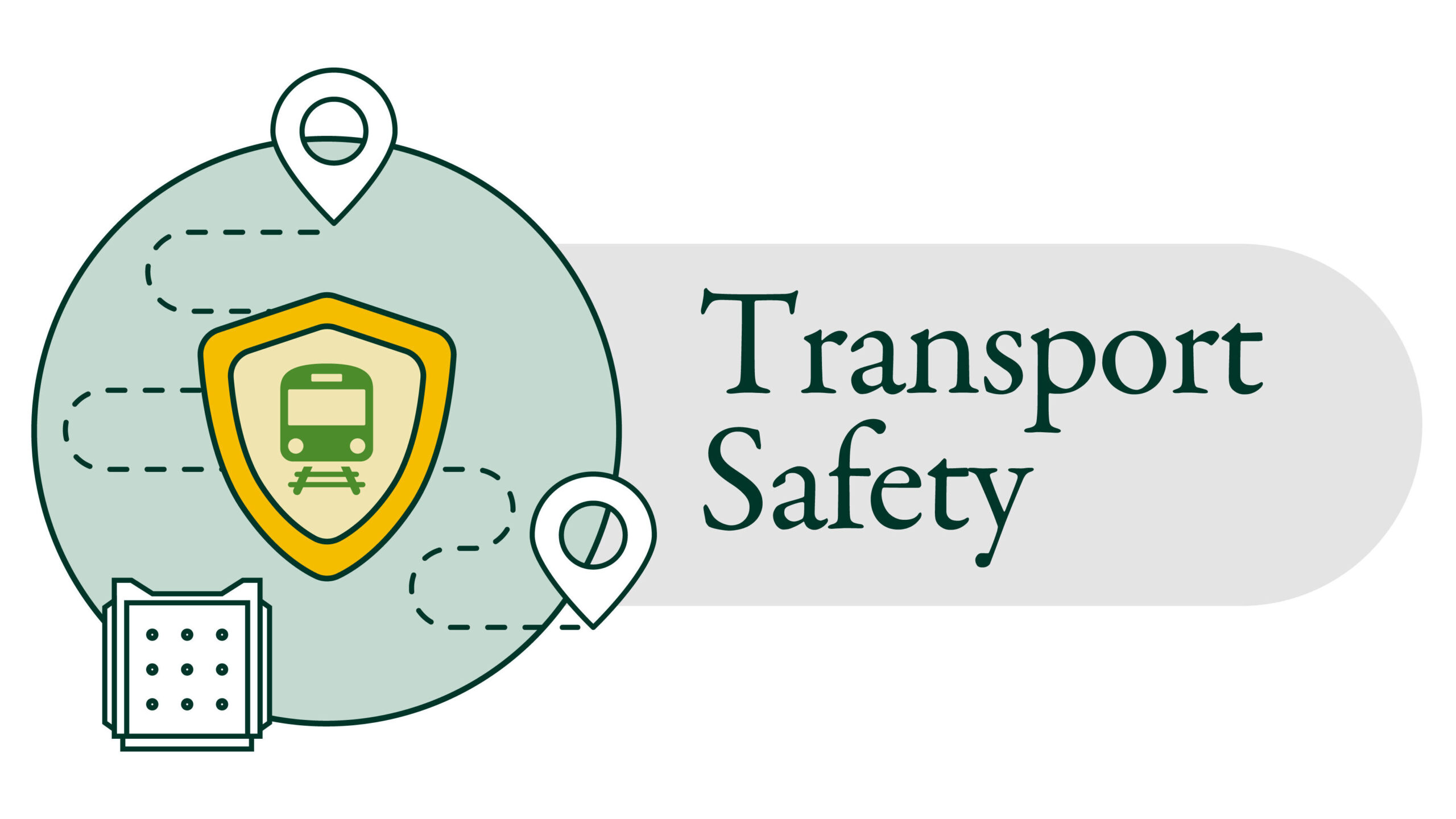
At the heart of this system are specially designed transport containers. They are rigorously tested to make sure they can:
- Keep radiation levels outside the package within safe limits.
- Fully contain the radioactive material.
- Prevent a chain reaction (criticality).
- Withstand heat, impact, water immersion and other potential means of damage.
Different types of containers are used depending on the material being moved, with protection levels matched to the level of hazard. Both the containers themselves and the way transport is carried out are independently regulated to ensure safety.
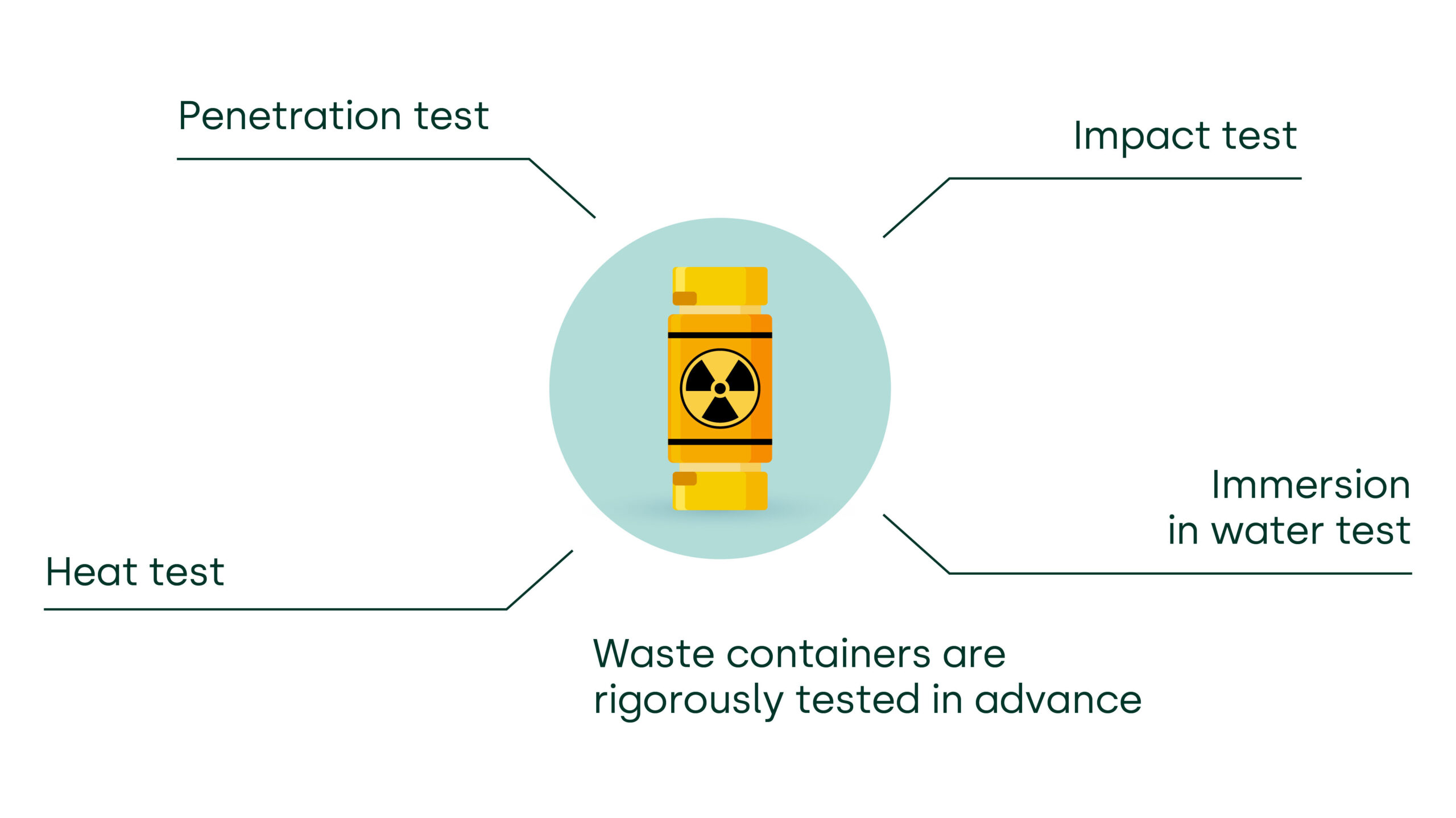
How do you keep transport secure?
The transport of higher-activity radioactive waste is also subject to strict security rules, again enforced by the ONR.
This includes laws such as the Nuclear Industries Security Regulations and the Carriage of Dangerous Goods Regulations.
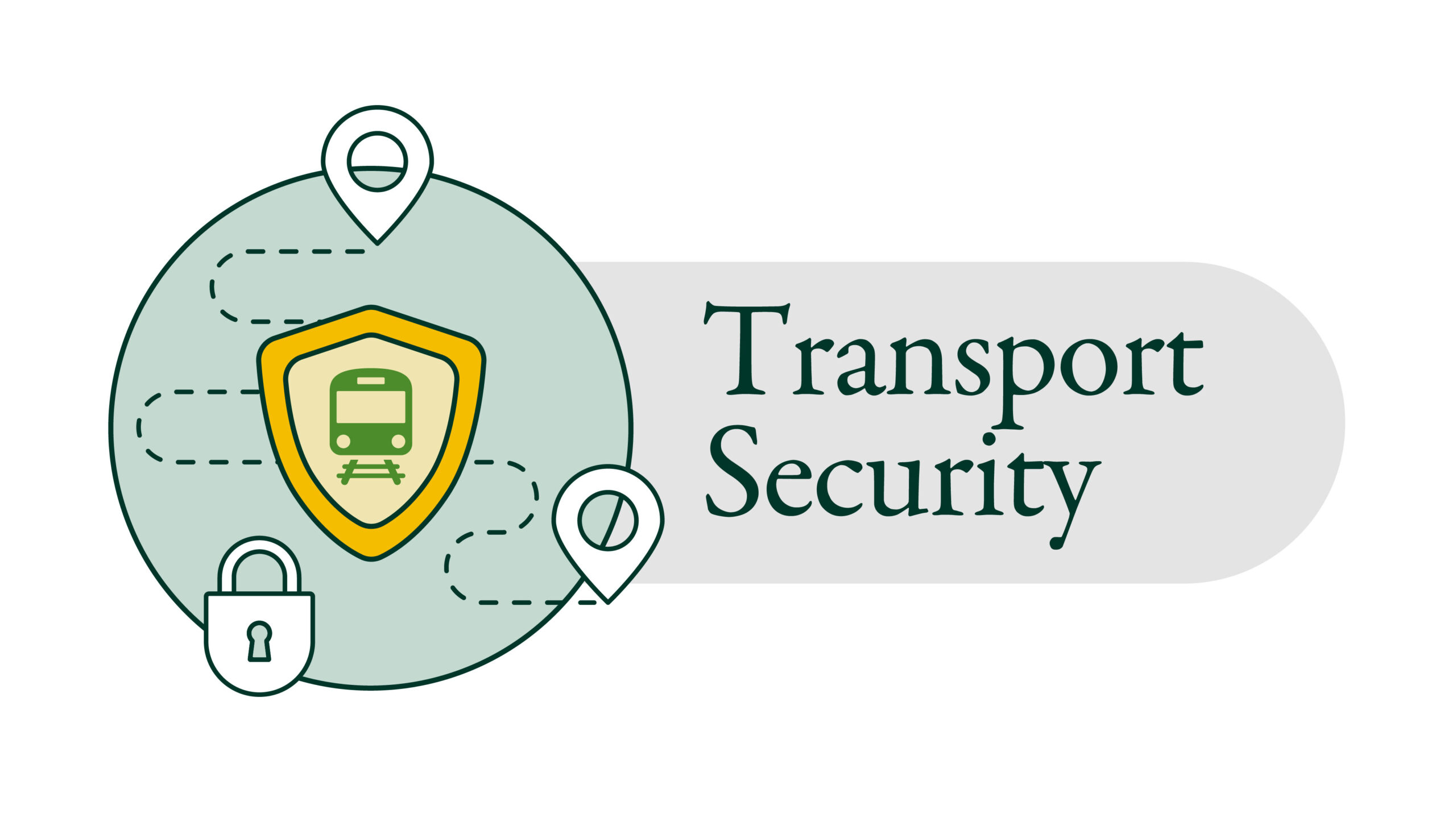
Most movements follow approved security plans, which the ONR reviews before transport takes place. For the small proportion of movements that need extra measures, arrangements can include armed escorts, GPS tracking, secure communications, pre-approved routes, and contingency planning.
The ONR regularly inspects transport operations and runs joint exercises with other agencies to make sure standards are met. For obvious reasons, details such as exact routes and timings are kept confidential and varied to maintain security.
What are you studying now?
As we explore possible locations for a GDF, it’s essential to understand how we can transport radioactive waste safely, securely, and responsibly.
Transport is a major part of the GDF programme, and we’re already carrying out studies to consider the potential impact on both local and regional transport networks throughout each stage of GDF development.
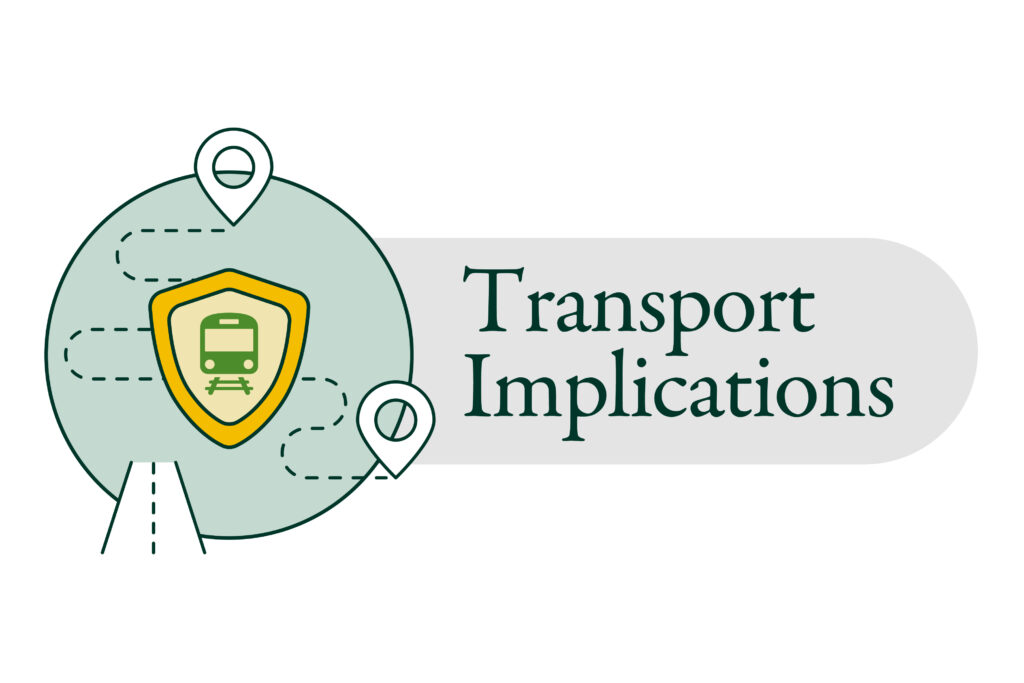
We need to understand:
- Current and future transport infrastructure in and around the Search Areas
- Limitations of existing networks and potential future developments
To do this, NWS, together with Nuclear Transport Solutions (NTS) – a world leader in transporting radioactive materials safely since the 1960s – are developing an initial Transport and Logistics Strategy. This strategy looks at the different ways waste, equipment, and materials could be moved (by rail, road, or sea), and which methods are best suited to different types of transport.
Our approach is shaped by national planning guidance, which encourages the use of rail and waterborne transport over road where possible. When road transport is needed, we aim to minimise the use of Heavy Goods Vehicles (HGVs), and to carefully manage their use to reduce disruption to communities.
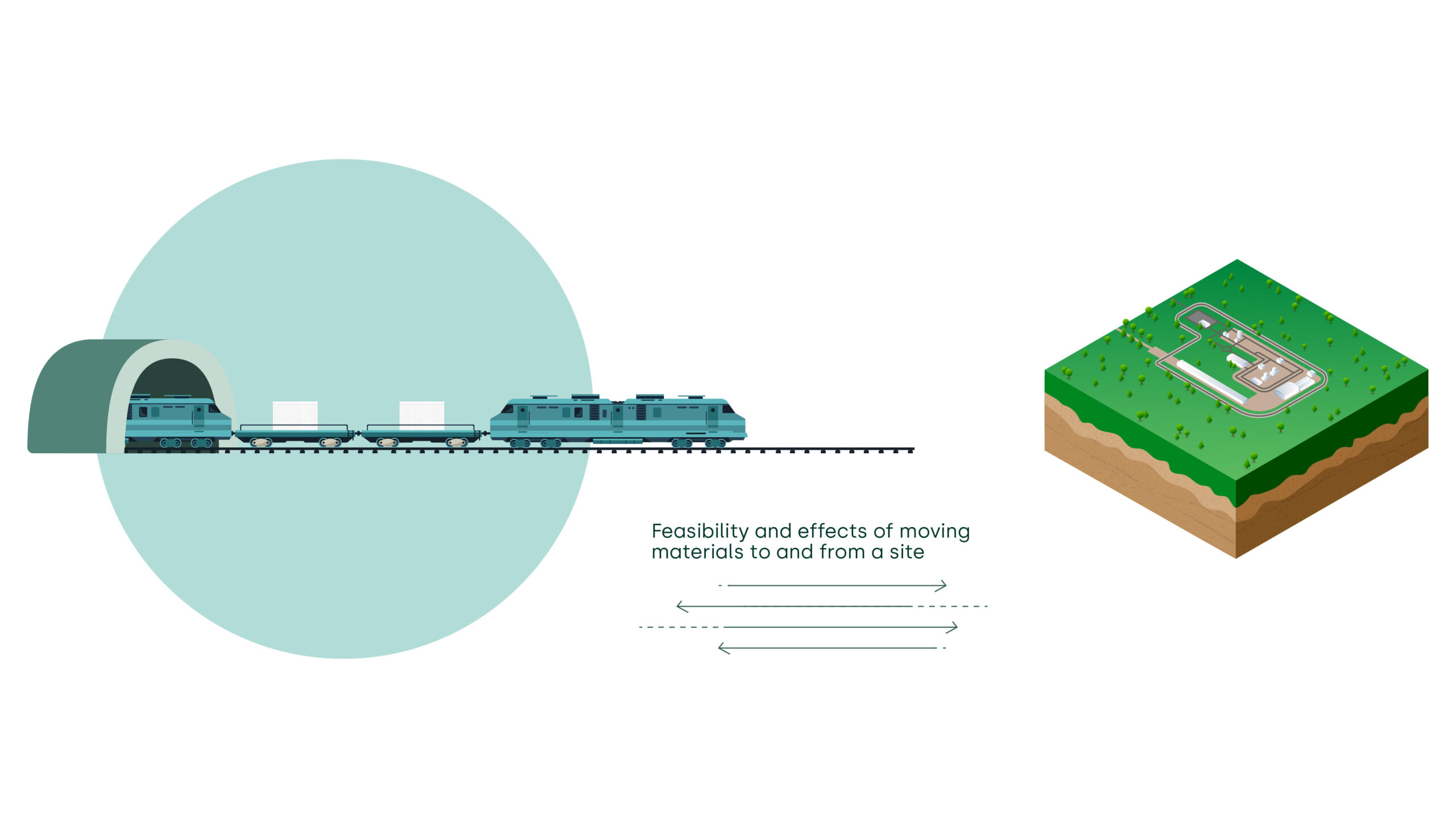
Identifying potential routes
We’re carrying out Route Corridor Studies which help identify possible routes and transport links that could connect a GDF to the local and strategic network, as well as wider regional improvements. For example, this might include new or upgraded roads or rail links, junction improvements, local bypasses, park & ride or park & rail facilities, consolidation and logistics centres, and cycle paths.
Once we’ve identified potential routes, we will carry out more detailed assessments to consider feasibility which will include understanding for example the following:
- Can waste be moved safely and securely using the proposed routes and transport systems?
- How much would new transport links cost?
- How long would they take to build, and would they be ready when needed?
- Are the transport solutions environmentally responsible over the lifetime of the project?
- What opportunities are there for improvements that benefit both the GDF development and local communities?
What is the GDF transport siting factor?
How are the Areas of Focus being used?
The Search Areas we’re exploring on land and in the inshore area beyond the coast, are large and varied. We have identified smaller Areas of Focus to guide the Site Evaluation studies and help prioritise resources for assessing the potential of each area to safely host a GDF.
Whilst our studies go beyond the Areas of Focus and Search Areas, Surface Areas of Focus are important as they give us a potential geographical location which is key for considering the transport options needed to construct, operate, and eventually close a facility.
What happens after the initial transport studies?
The transport studies we’re doing now are just one part of the bigger picture. The findings will help us assess how suitable each area might be for hosting a GDF. This will contribute to the Site Suitability Perspective and inform NWS’ decision about which communities to take forward to the next stage of the siting process – known as Site Characterisation . This stage includes detailed investigations such as deep borehole drilling to understand the geology underground.
This represents a significant step for the overall GDF programme, and it is a decision which will require the Secretary of State for Energy Security and Net Zero’s (SoS) approval.
As the project develops, the Transport and Logistics Strategy will continue to evolve and we’ll be reviewing and updating our transport studies as new information becomes available. Any future works will be carefully assessed through an Environmental Impact Assessment (EIA). This is a formal process required by law as part of our application to carry out deep borehole investigations and, eventually, to build the GDF. The EIA will look at both the potential effects and the possible benefits of transport-related developments.
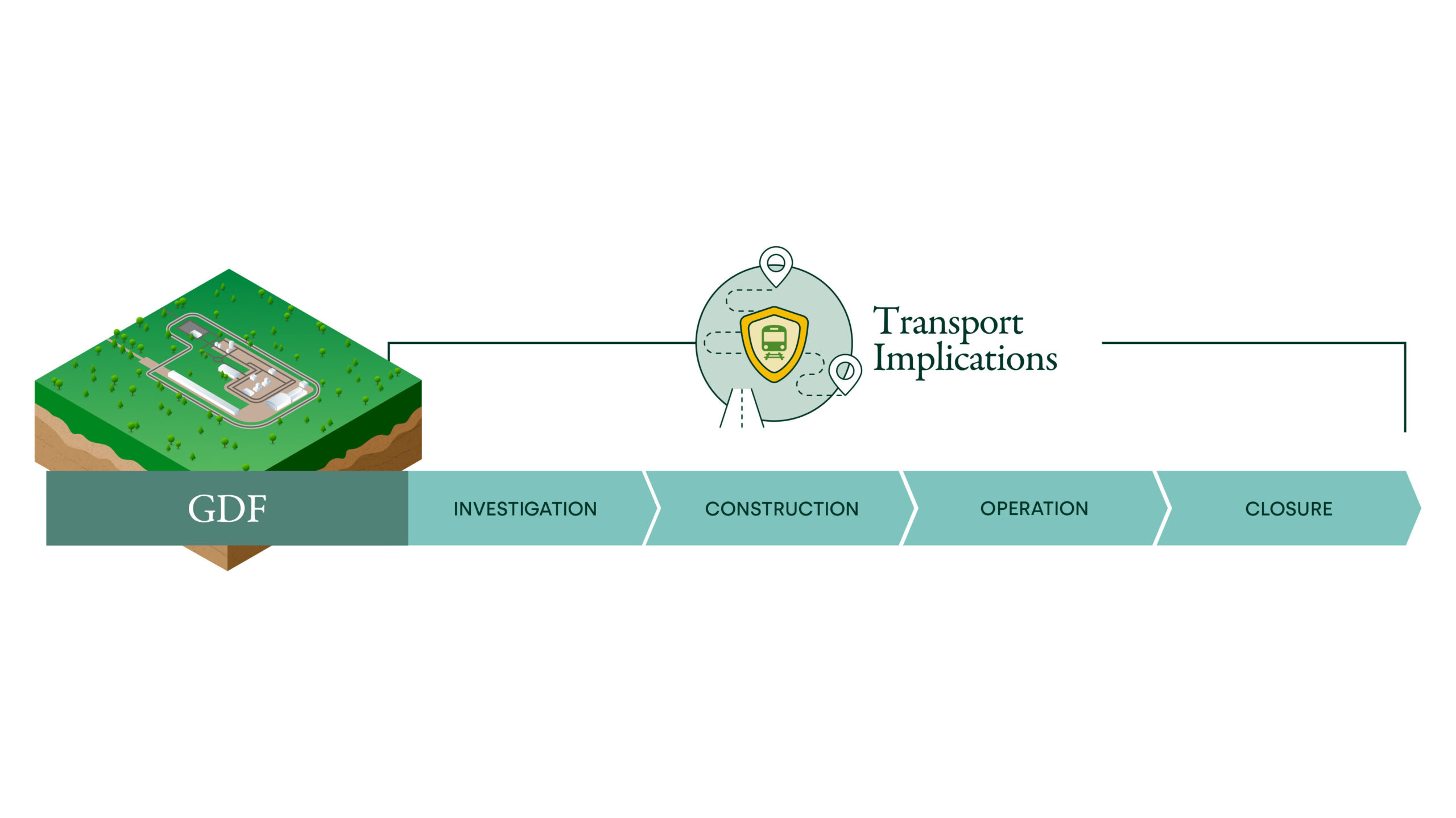
Why does it take so long to understand transport?
Developing a GDF takes time – and for good reason – we need to be absolutely sure we’re making the right decisions. Site Characterisation could take around 10 years, and this would enable development of the GDF design and Safety Case. During this time, we’ll gather data about the geology, materials, and how a GDF might be designed – and that will give us a better idea of what transport infrastructure might be needed.
We’ll continue to develop our understanding of both local connections and regional links. This will help us reduce disruption where feasible and look for ways the transport improvements could also benefit local communities.
